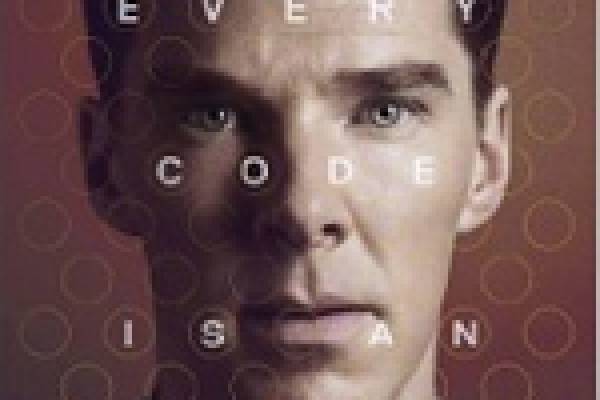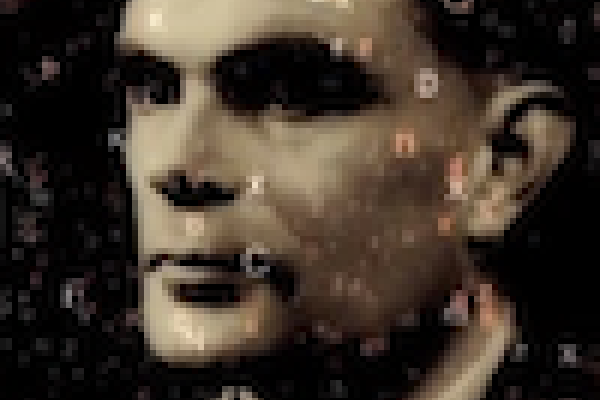Podcast

The universal machine
Alan Turing – brilliant mathematician, code breaker during World War II – achieved so much during his tragically short life. But how do you put Turing's life and mathematics on stage... and as a musical?

